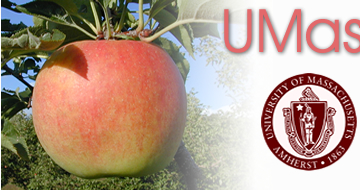

| FRUIT ADVISOR HOME | CONTACT | ABOUT | ||
 |
 |
|
| Consumer Evaluation of New, Antique, and Little Known Apple Varieties | ||
|
|
||
A goal of this survey was to gain a sense of the role having new varieties of apples available to consumers may play in attracting consumers to roadside stands. In response to the question “Would having new or unique apples available at a roadside stand or farmers market be incentive to travel there?” 91% indicated that it would be an incentive (Table 9). This may be interpreted as an overwhelming endorsement and incentive to plant and have available new varieties. Results presented in Tables 3, 5, and 6 are averages of consumer responses to the questions posed in the survey sheet; however, consumer preferences differ (Table 8). Therefore, we have constructed Table 10 which provides a cross section of positive and critical remarks recorded for each variety evaluated. This is useful for several reasons. First, the positive comments give some insight to the responses consumers have to the various apples. It also conveys the passion some consumers have for some apples. Responses such as “Its perfect! Please sell these” for Akane, “Fabulous” for Hudson Golden Gem, and “Astonishingly great” for MN 1914 attest to strong feeling consumers may have for specific apples. It also illustrates that different individuals can have opposite views of the attributes of the same apple variety. | Table 8 | Table 9 | Table 10 | Mean consumer scores do not provide a profile of preferences. A response of 4.5 on a scale from 1 to 10 could be interpreted to be a mediocre response and the basis for not seriously considering a variety. However, if a variety received a means score of 4.5 where 30% of the responses were 1 (highest score), that would indicate that 30% of the participants thought that this was a great apple and they would most likely be willing to purchase it. The lower scores for Topaz is an excellent illustration of this. Topaz is a very tart apple and consequently, only those individuals who want a tart apple would consider it to be good. As a grower, it would seem prudent to provide some apples for those who have a tart or sweet preference. Although they do not occupy a large percent of the taste profile, they are consumers, and they can be very passionate in their preference for an apple. |
||
| ©Copyright 2008 University of Massachusetts Amherst. Site policies. Produced and maintained by the UMass Fruit Program. |